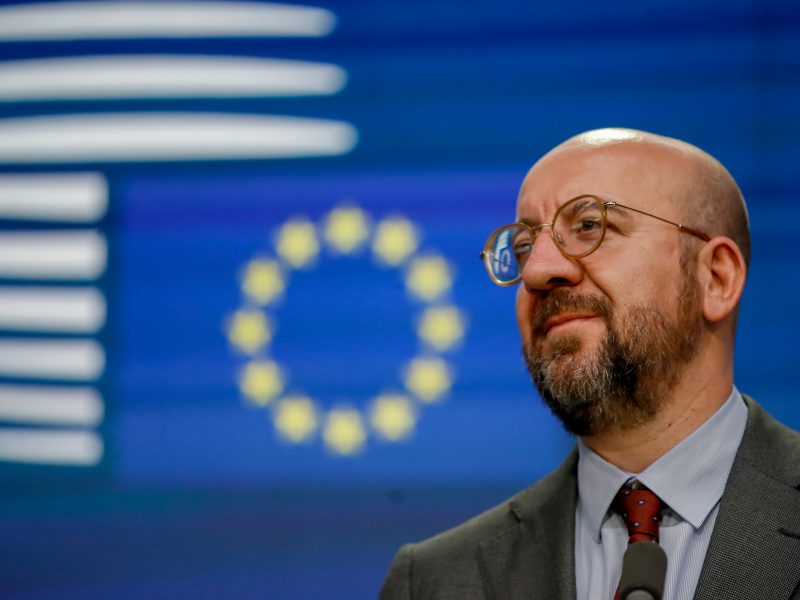
EU finance ministers agreed on a common position for reforming European fiscal rules, closely aligning themselves with the European Commission’s approach of focusing on medium-term country-specific fiscal plans.
While the reference values from the EU treaties remain unchanged – at a maximum public deficit of 3% of GDP and a debt level of 60% of GDP – the 60% rule will be less relevant and the rules will be accompanied by medium-term plans that should enable more investments.
“We agreed that the new economic framework should combine fiscal adjustment with reforms and investments,” Swedish Minister for Finance Elisabeth Svantesson, who chaired the meeting, told journalists following the ministerial meeting in Brussels on Tuesday (14 March).
The finance ministers’ conclusions are broadly in line with the proposed course of action to reform the EU’s economic governance framework that the European Commission laid out in a communication in November. The current rules have been criticised for being hostile to public investment and growth and at the same time ineffective in keeping public debt in check.
Both problems should now be tackled in the new rules, according to Executive Vice-President of the Commission Valdis Dombrovskis.
“Today’s conclusions reflect the Commission’s aim for a simpler system, greater country ownership and more latitude for debt reduction, combined with stronger enforcement,” he said.
To make things simpler, the rules now focus on net primary expenditure, which measures the money a government spends minus the government revenues, excluding government expenditure for interest payments and cyclical unemployment.
The national fiscal paths that are defined in terms of net primary expenditure do not have to lead to an immediate debt reduction, but a debt reduction over the long term. It will be up to the European Commission to analyse and determine whether this is given, taking into account reforms and investment plans that could enhance economic growth.
However, while the Commission can examine the national fiscal paths individually, it has to base itself on a “common methodology” that is “replicable, predictable and transparent”.
The insistence on replicability makes the Commission’s task of coming up with an acceptable methodology especially hard since it also needs to be able to take into account a variety of country-specific investments and reforms.
This balance between an individual and qualitative assessment of member states’ fiscal policies and a more easily replicable quantitative measure will likely remain a matter of disagreement among member states.
Sebastian Mang, senior policy officer at the New Economics Foundation, criticised the insistence of the finance ministers to retain the rule that deficit levels may not exceed 3% of GDP and that there is no special treatment of investments into the green transition.
“If the EU doesn’t exempt vital green investments from spending limits or create new joint EU borrowing, Europe will be hamstrung when it comes to investing enough to tackle the climate and cost of living crises,” he said in a statement.
“Some countries will have to sacrifice essential climate-fighting investments or cut other public spending to afford them.”
Based on the finance ministers’ conclusions, the Commission is set to propose the detailed legislative proposal at the end of March, with the goal of finalising it by the end of the year.
The deadline is also informed by the fact that the General Escape Clause that had been activated in 2020 to pause the enforcement of the fiscal rules will be deactivated in 2024. In last week’s fiscal guidance, the EU Commission announced that it would restart policing public budgets in 2024.
Ideally, for the European Commission, the new rules would then be in place already.
[Edited by Nathalie Weatherald]








